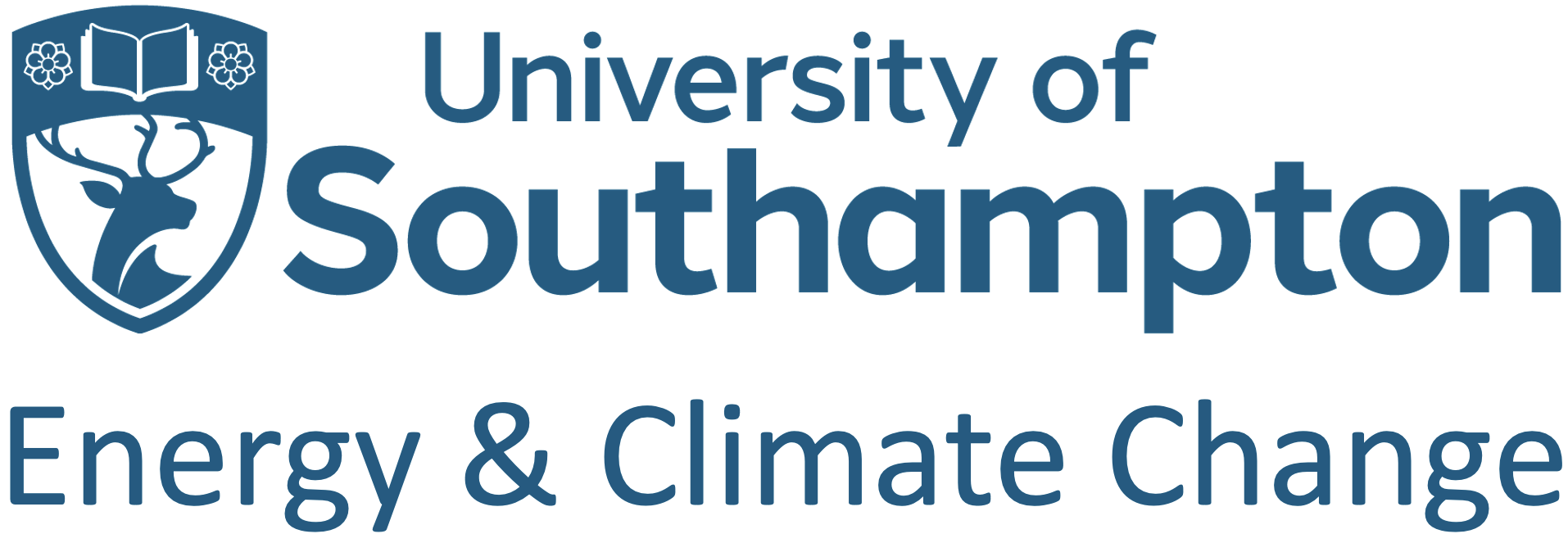Title: Resource assessment of large marine current turbine arrays.
Researcher: Danny Coles
Superviors: AbuBakr Bahaj & Luke Blunden
Abstract
The deployment of marine current turbines has the potential to generate a significant amount of electricity in specific locations around the world. This is highly relevant to today’s energy market, where there is a demand to generate an increasing amount of electricity in a clean, sustainable way. At present many different turbine devices are being developed with some now installed and being tested. However, for this technology to make a significant contribution towards electricity generation, many devices must be deployed in arrays to make full use of the available resource.
A tidal array will have an impact on the characteristics of the flow around it, which must be considered before installation takes place to ensure there are no detrimental effects of implementing a tidal array. Therefore, the initial process of deploying turbine arrays involves effective resource assessment to ensure power generation can be maximised whilst not detrimentally effecting the local environment. Doing so will increase investor confidence in the technology which increases the likelihood that capacity will increase around the world in the future.
At present, little is known about the effect of sea-bed roughness on the flow in the region of the water column where turbines are placed. Sea-bed roughness can affect flow characteristics such as the velocity profile, the turbulence intensity and turbulent length, all of which power generation is sensitive to. This work proposes to investigate experimentally the effect of surface roughness on the power potential of tidal turbine arrays, by strategically placing defined roughness elements into a flume and monitoring energy extraction from tidal fences placed across the channel. Homogeneous flow conditions are achieved through definition of a suitable longitudinal spacing between turbine fences, and energy extraction is calculated by measuring the depth change between either ends of the channel.
Further to this, a 2-D computational model is presented using Telemac to conduct resource assessments at different high potential sites around the UK. Tidal arrays are modelled by defining added friction terms to mimic the momentum sink behaviour they exhibit in tidal flows. Investigation into the power generation from different arrays is given, with suggestions made for how to optimise a tidal turbine array.
